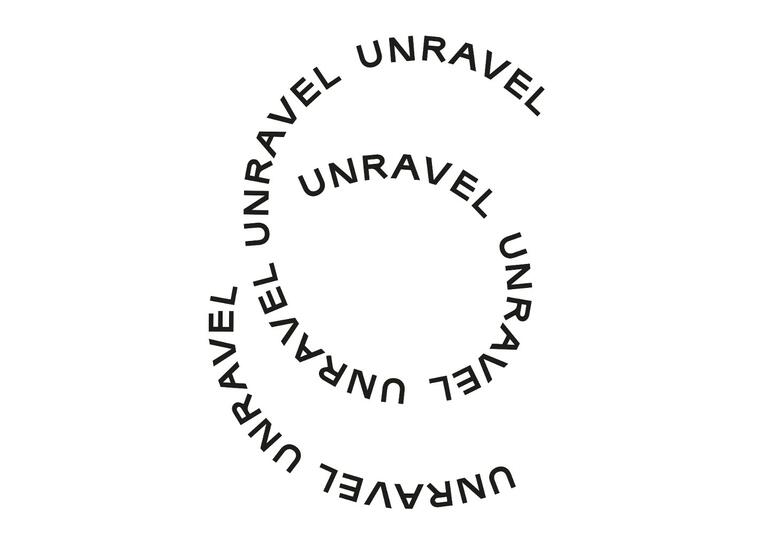
Gallery map

Artwork locations
Subversive Stitch
1 Nicholas Hlobo
2 Ghada Amer
3 Judy Chicago
4 Tracey Emin
5 Mounira Al Solh
6 Feliciano Centurión
7 LJ Roberts
Fabric of Everyday Life
8 Loretta Pettway
(Gee’s Bend Quiltmakers)
9 Sanford Biggers
10 Małgorzata Mirga-Tas
11 Sheila Hicks
12 Tschabalala Self
13 Faith Ringgold
14 Pacita Abad
15 Billie Zangewa
Borderlands
16 Igshaan Adams
17 Kimsooja
18 T. Vinoja
19 Cian Dayrit
20 Margarita Cabrera
Bearing Witness
21 Zamthingla Ruivah
22 Violeta Parra
23 Arpilleristas
24 Hannah Ryggen
25 Teresa Margolles
Wound and Repair
26 Angela Su
27 José Leonilson
28 Harmony Hammond
29 Louise Bourgeois
30 Georgina Maxim
31 Diedrick Brackens
Ancestral Threads
32 Jeffrey Gibson
33 Tau Lewis
34 Kevin Beasley
35 Myrlande Constant
36 Jose Antonio Guzman
and Iva Jankovic
37 Yee I-Lann
38 Yinka Shonibare
39 Mercedes Azpilicueta
40 Cecilia Vicuña
41 Lenore Tawney
42 Mrinalini Mukherjee
43 Magdalena Abakanowicz
44 Jagoda Buić
45 Sarah Zapata
46 Acaye Kerunen
47 Antonio Pichillá Quiacaín
48 Yto Barrada
49 Solange Pessoa
50 Cecilia Vicuña
Glossary
appliqué
Affixing fabric shapes to another piece of fabric (often referred to as the background fabric) to create a composition.
beading; beadwork
The process by which beads are assembled to create a design, pattern or representation, often by threading them together with thread, string or wire.
backstrap loom
A transportable loom where one side of the loom wraps around the weaver’s back and waist and the other side is connected to a fixed point in space, with the warp threads held in tension in between.
boro
From the Japanese term boroboro, meaning something tattered or worn out. Refers to the Japanese practice of reworking and repairing textiles (often clothes or bedding) through piecing, patching and stitching.
braiding
Passing three or more strands of material over one another alternately, at a diagonal angle, to create a cord or narrow length of fabric. Also known as plaiting.
Dutch wax prints
A mechanically printed cotton textile developed in the Netherlands in the nineteenth century to imitate the waxresist designs of Indonesian batik. The cloths were subsequently shipped for sale in West Africa, where they continue to be widely worn.
dyeing
The process of chemically bonding coloured substances to fibre, yarn or cloth.
embroidery
A method of decorating fabric by utilising a needle and thread. Many different embroidery stitches and patterns exist, including cross-stitching, feather stitching and chain stitching.
fibre
A single thread-like substance, either natural or synthetic, that can be combined to create a fabric or be spun to make yarn.
jacquard
A fabric made using a jacquard loom (invented around 1803 by Joseph-Marie Jacquard), which uses a card-punching mechanism that allows for a greater number of threads to be weaved, in turn allowing intricate designs to be woven into the fabric (as opposed to printed on it).
knitting
A technique for producing textile by interlacing loops of thread (usually yarn) with other loops of thread. Knitting uses only one long yarn, looped on itself, as opposed to weaving, which uses multiple threads.
latch-hooking
A technique for making rugs that uses a hooked needle (called a latch hook) to interlock a canvas base and fibre (such as yarn).
loom
A machine, often constructed from wood, used to create fabric by holding in place threads running lengthwise (the warp) in order to allow threads running crosswise (the weft) to be interwoven with them.
macramé
A textile-making technique that uses knotting rather than weaving or stitching. From the nineteenth century onwards, it was primarily associated with sailors, who would use the method to adorn their tools or to make hammocks, but it is now widely practised to make jewellery, ornaments and decorations.
ñandutí
A traditional lace from Paraguay, ñandutí means ‘spider’s web’ in Guarani, one of the country’s Indigenous languages. This lacemaking method was introduced by the Spanish in the sixteenth century.
quilting
The process of stitching together three or more layers of material – typically two layers of fabric with a layer of padding (or ‘batting’) in between – usually in a decorative design. This method is traditionally used to make bedcovers and other furnishings.
sewing
The act of joining or mending fabric using stitches made with a needle and thread or sewing machine.
sisal
A plant native to Mexico that is now widely cultivated internationally. It is used to make a stiff and durable fibre used to produce rope.
soft sculpture
An art historical term used to describe sculpture made of fibre, cloth or other soft materials.
stitch
A loop of thread created by passing a needle through a piece of fabric, or a single loop created in knitting or crochet.
tapestry
A decorative fabric textile created by weaving on a loom. The picture or pattern is created during the construction of the fabric by weaving coloured weft threads through plain warp threads. They are often flat and hung on a wall but have also been used for upholstery, curtains or to create richly decorated functional objects such as purses.
unspun wool
Yarn is made through a process involving scouring (washing the wool); carding (untangling and blending the wool together) and spinning (twisting the wool to create single strands of yarn). Unspun wool is the product of making yarn but stopping after the carding process. This makes very delicate-looking and light wool.
warp and weft
The warp is the set of yarns in all woven fabrics that run lengthwise (vertically) and are interwoven with the weft, the yarns or threads that run horizontally.
weaving
The interlacing of yarns or threads, crossing each other at right angles, to make a piece of fabric, usually on a loom.
yarn
Strands made of natural or synthetic fibres or filaments that are used sewing, weaving and knitting to produce textiles.

